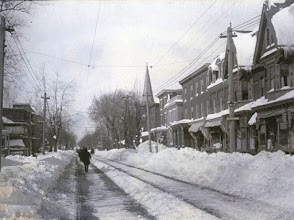Winter '13 / '14 - 13th Annual Season-total Snowfall Forecast Contest - Call for Forecasts!
UPDATE:
Deadline extended to 11:59 PM EST Saturday...07-DEC-2013.
Had been unable to e-mail 'Call for Forecasts' announcements until today.
=====
All you have to do is forecast the season-total snowfall at 25 east coast stations from RDU to CAR.
---
The Contest is open to amateur and professional forecasters; broadcasters with or without trained Seals; any and all weather-biz types and / or wanna-bees; wish-casters...astrologers...along with any other universally recognized classes of dreamers; Pollyannas or Cassandras...registered Nostradamusts...non-violent megalomaniacs...woolly-bear caterpillars or their agents...pest detectives...NE.Wx NG veterans; refugees from AmericanWx and/or USWeather...including self-imposed exiles from Eastern...and of course... meteorologists.
In honor of USENET's ne.weather's patron saint Mr. Joseph Bartlo's final request (RIP)...trolls...goats...hat3-lsiters...and psests need not apply.
---
Deadline: SAT...30-NOV-13 @ 11:59 PM EST
Forecast element: sum-total season-total snowfall @ each station
Forecast period: 01-DEC-13 through 31-MAR-14
Verification: NWS preliminary climate reports (CLM or F6)
Error statistic: total absolute error [Σ abs(forecast - observed)]
---
Visit the Contest's website to enter your forecast.
Follow the link from 'Enter Season-total Forecast.'
Update your forecast as often as you want. Only your last entry will be verified.
The reigning NE.Wx ‘Season-Total’ Snowfall Forecasting Champ-een is Donald Rosenfeld.
Last year's 'Season-total' forecast summary...verification...and final results ==> here.
---
As always...there are NO costs...fees...advertising...or annoying requests for personal information to enter the contest.





























